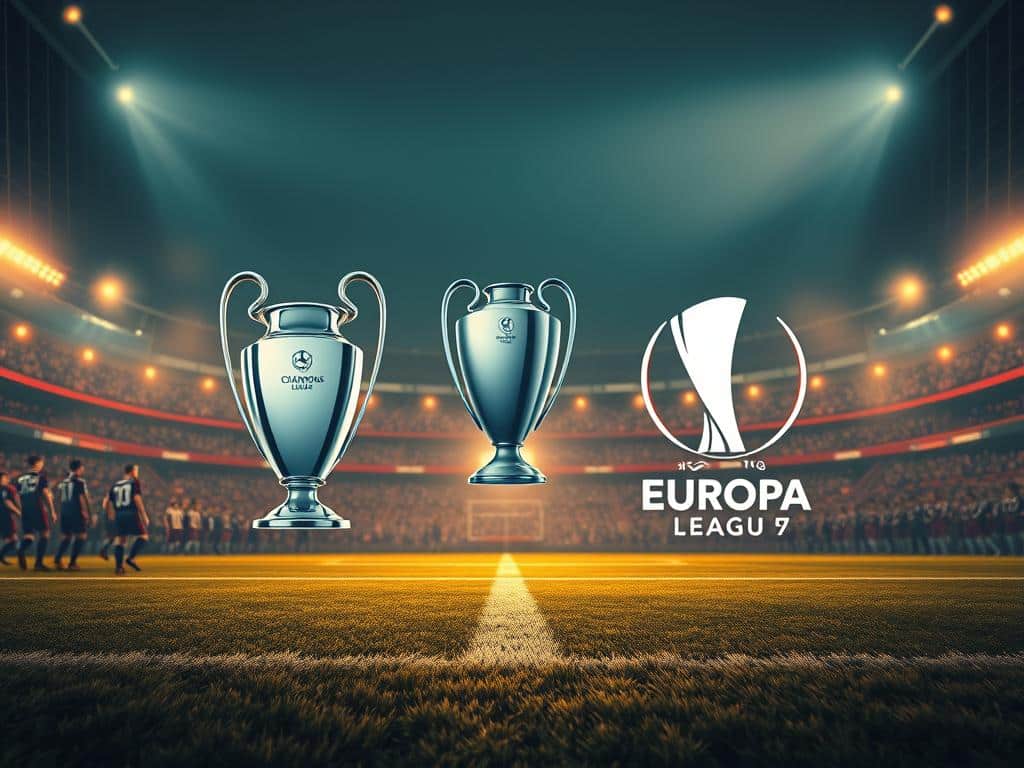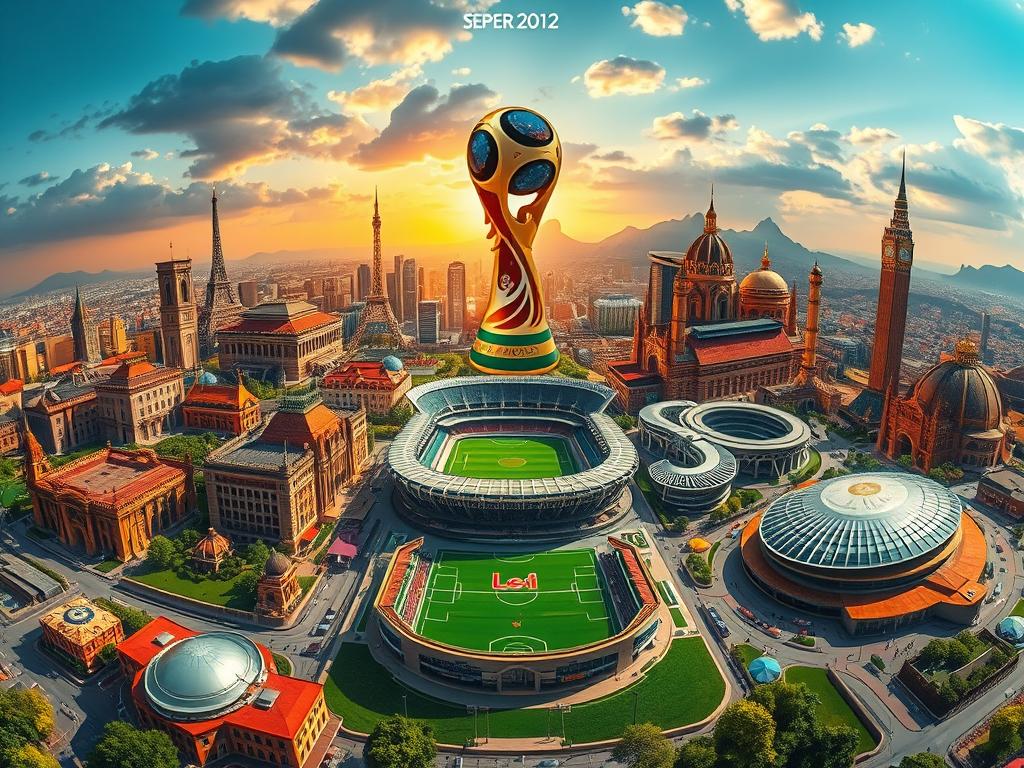Ever wondered why football fans worldwide debate the prestige of Europe’s top club competitions? The Champions League and its sibling, the Europa League, offer thrilling action but cater to different tiers of teams. One hosts elite clubs like Real Madrid, while the other gives rising squads like Sevilla a shot at glory.
Whether you’re new to the game or a seasoned fan, understanding these tournaments unlocks a deeper appreciation for the sport. From qualification drama to unforgettable finals, each has its own magic. Let’s kick off your journey into the heart of European football!
1. Champions League and Europa League: A Brief History
Few tournaments have evolved as dramatically as the Champions League and Europa League. What began as exclusive contests for domestic winners now welcomes teams from across Europe’s top leagues. Let’s dive into their fascinating transformations.
From European Cup to Modern Champions League
Back in 1955, only league champions could enter the European Cup. Real Madrid dominated, winning five straight titles. The tournament rebranded in 1992, allowing runners-up and third-place finishers to join. Barcelona lifted the last European Cup in 1992—just before the new era began.

Today, even fourth-place Premier League teams like Newcastle qualify. Real Madrid’s record 14 titles showcase the Champions League’s elite status. The 2024 format will add more group-stage spots, favoring top leagues.
UEFA Cup to Europa League: Evolution of the Secondary Tournament
The UEFA Cup, launched in 1971, was once harder to win than the European Cup. Teams faced grueling knockout rounds without seeding advantages. In 2009, it became the Europa League, with a group stage and broader participation.
Clubs like Sevilla thrived here, winning seven titles. Experts argue the old UEFA Cup tested teams more than today’s expanded Champions League. Both remain pillars of club football.
The Introduction of the Europa Conference League
In 2021, UEFA added a third-tier tournament: the Europa Conference League. Designed for smaller nations, it gives clubs like Andorran champions a path to glory—after five qualifying rounds!
West Ham’s 2023 victory proved its growing prestige. While the Champions League crowns Europe’s best, this new tournament reshapes opportunities for underdogs.
2. Qualification Pathways: Who Gets In?
Breaking into Europe’s elite tournaments isn’t as simple as finishing strong in your domestic league. Teams battle through qualifying rounds, coefficient rankings, and even cup wins to secure their spot. Let’s unpack how clubs earn their place—and why some routes are tougher than others.
Champions League: Reserved for Elite Clubs
The Champions League rewards Europe’s top-tier teams. The Premier League, La Liga, and Bundesliga send their top four finishers straight to the group stage. Starting in 2024, the fifth-place team from high-ranking leagues will also qualify.
Smaller nations take the Champions Path, where winners from Montenegro or Gibraltar face playoff rounds. For them, one bad game can end European dreams.
Europa League: Rewarding Domestic Success
Finish fifth in England? Win the FA Cup? That’s your ticket to the Europa League. This tournament balances qualification for mid-table giants and cup heroes. Unlike the Champions League, it gives smaller clubs a real shot at glory.
- League Path: 5th–6th place in top leagues (e.g., Tottenham in 2023).
- Cup Path: Domestic cup winners bypass early rounds.
How Teams Drop Between Competitions
Lose in the Champions League playoffs? You’re bumped to the Europa League group stage. Finish third in that group? Welcome to the Europa Conference League. It’s a safety net that keeps dreams alive.
Clubs like Sevilla mastered this dance—using early exits to dominate the Europa League. For fans, it means non-stop drama from July to May.
3. Europa League vs Champions League Differences in Format and Prestige
European football’s top tournaments offer unique thrills, but their formats set them apart. Whether it’s the streamlined *group stage* of the elite or the underdog-friendly *knockout rounds*, each competition carves its own path to glory.

Group Stages and Knockout Rounds Compared
The *Champions League* keeps it simple: 32 teams split into 8 groups. Top two advance straight to the *knockout rounds*. Lose here, and you’re out—no second chances.
In the *Europa League*, third-place *Champions League* teams drop in mid-tournament. They face a playoff round before joining the last 16. Think of it like a survival ladder:
- Group stage: 32 teams, top two advance.
- Knockout playoff: *Champions League* dropouts vs. Europa runners-up.
- Final 16: Standard single-elimination.
Prestige and Global Audience
Tuesday nights belong to the *best club* showdowns. The *Champions League* final draws 350M viewers—triple the *Europa League*’s peak. Why? Star power. Clubs like PSG and Bayern draw casual fans.
But the *Europa League* has its charm. Sevilla’s seven titles prove it’s no consolation prize. Thursday nights became a cult favorite for die-hard supporters.
The Role of the Europa Conference League
Launched in 2021, the *Europa Conference League* gives minnows like Norway’s Bodø/Glimt a spotlight. No automatic *group stage* entries mean every match feels like a final.
For smaller nations, it’s a game-changer. Teams from Andorra to Malta now dream of lifting a UEFA trophy—even if it’s not the biggest one.
4. Prize Money and Competitive Impact
Money talks in football, and Europe’s top tournaments prove it. Champions League winners bag €20M—more than double the Europa League’s €8.6M. Even a group-stage exit in the UCL pays better than winning the Conference League.
Take 2023: West Ham earned €5M for their Conference triumph. PSG pocketed €15M just for *surviving* the UCL group stage. For smaller clubs, these gaps are game-changers.
Prize jumps escalate fast. Reach the UCL semis? That’s €12.5M. The Conference League offers just €2M. No wonder Ajax bets big on UCL runs, while Roma targets Conference glory.
Financial rewards don’t just fill banks—they reshape futures. For elite teams, it’s a pass to sign stars. For underdogs, it’s survival. Either way, cash tilts the field.







